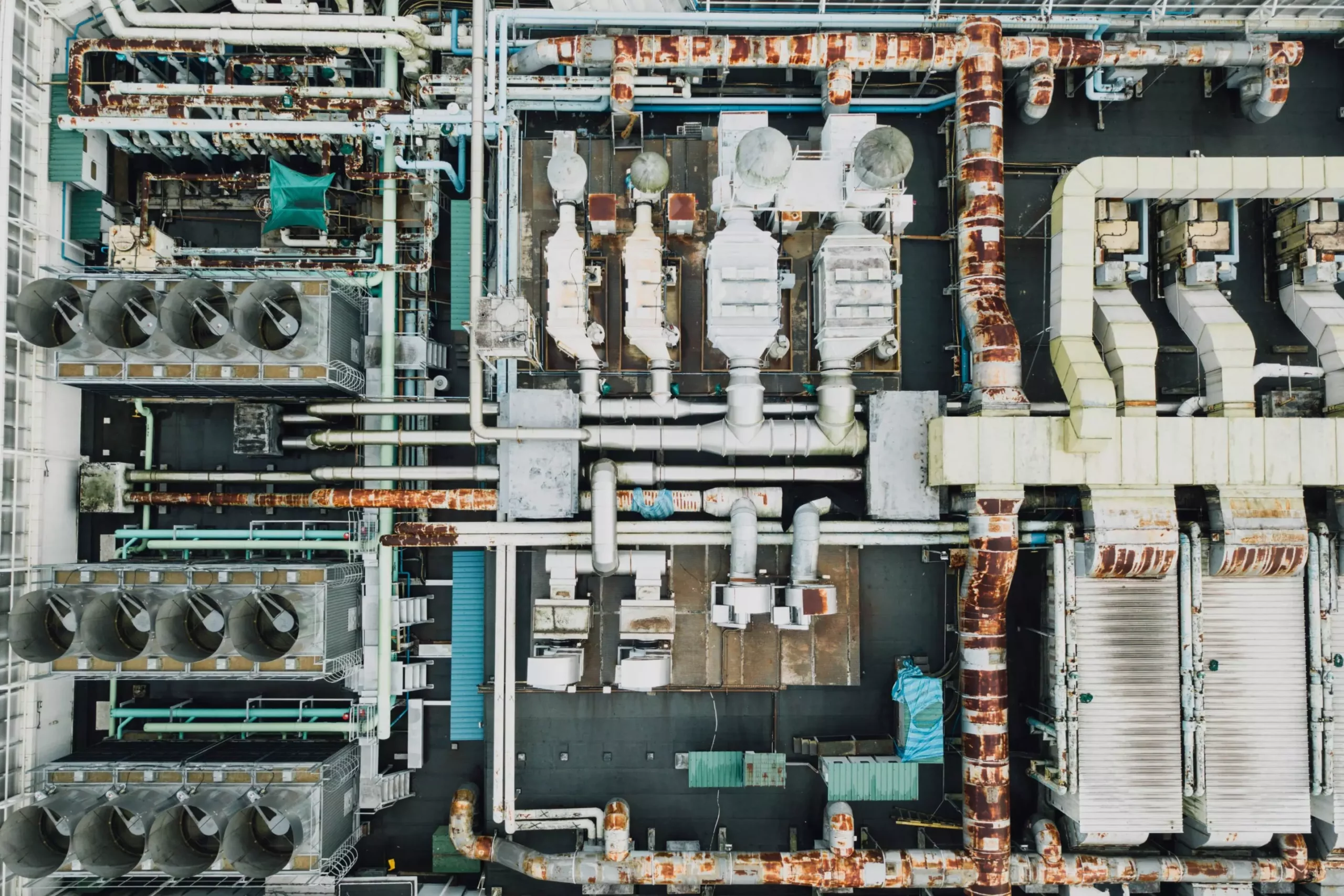At the forefront of technological advancement, the Interactive and Robotic Systems Lab (IRS) at Universitat Jaume I, located in Castellón, Spain, has unveiled an innovative robotic manipulator specifically designed for operation in hazardous environments. This mobile and lightweight mechanism represents a groundbreaking shift towards safer inspection methods, particularly in scenarios where human involvement poses significant health risks.
The newly developed manipulator is characterized by its modular and reconfigurable design, allowing for a versatile range of applications. With integrated 3D perception capabilities sourced from an advanced remote control station, the manipulator is engineered to perform complex tasks involving probing and artificial vision. This technology has been validated at the UJI’s esteemed Centre for Research in Robotics and Underwater Technologies (CIRTESU), establishing its reliability in high-risk operational scenarios.
Initially targeting the inspection of plastic pipes, this robotic system shows promise in environments like particle accelerators and nuclear facilities, ripe for requiring advanced safeguards against potential hazards. The system’s adaptability extends beyond mere inspection; it can also be repurposed to support educational infrastructures and healthcare environments fraught with challenges such as infectious diseases.
Pivotal to the system’s efficiency is its software architecture, which incorporates a Robot Operating System (ROS)-based server that supports multiple clients. This modular software environment can be tailored to specific mission objectives, enhancing its usability across various applications. The adaptability of the software is complemented by hardware innovations, emphasizing low power consumption, compact design, and wireless communication capabilities, which culminate in a high degree of operational flexibility.
Moreover, the robot employs a range of vision tools and localization techniques to navigate and assess intricate environments effectively. Low production costs combined with an open architecture model ensure that the technology remains accessible for integration into diverse operational frameworks.
Collaboration and Future Directions
This innovative leap is part of a broader initiative, the EU H2020 El-Peacetolero project, undertaken in conjunction with eight other esteemed European institutions. This collaborative effort aims not only at refining robotic capabilities but also at establishing frameworks for sales and licenses with various industries to facilitate tailored applications of the technology.
The Universitat Jaume I is actively championing the transfer of knowledge and technology through its Cooperation and Technological Development Office, further driven by the Vice-Rector’s Office for Scientific Transfer, Innovation, and Dissemination. This institutional support aims to bridge the gap between academic research and practical implementation, fostering advancements in scientific, technical, and humanistic knowledge dissemination.
The lightweight modular manipulator developed by the IRS group illustrates a promising future for robotic technology in hazardous environments. With its resilient design and versatile capabilities, it is poised to revolutionize inspection methods in numerous fields, prioritizing safety while enhancing operational efficiency. As such, this development represents not only a technological achievement but also a pivotal step forward in safeguarding human health in challenging working conditions.

